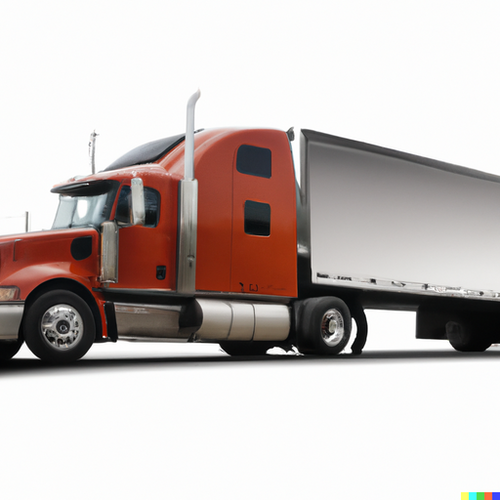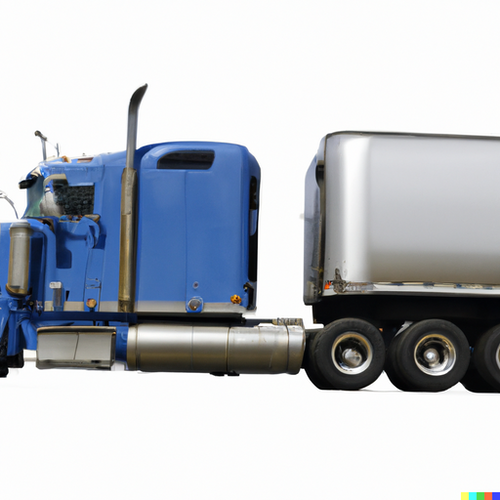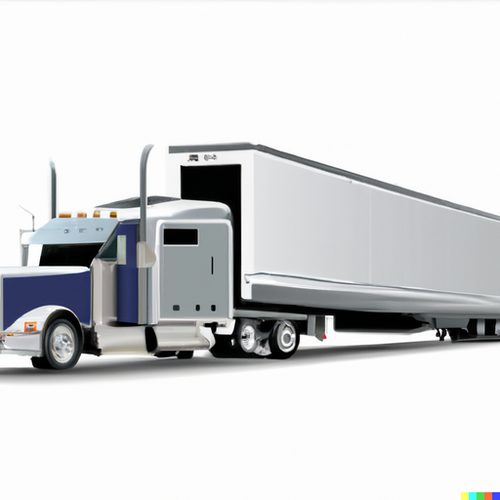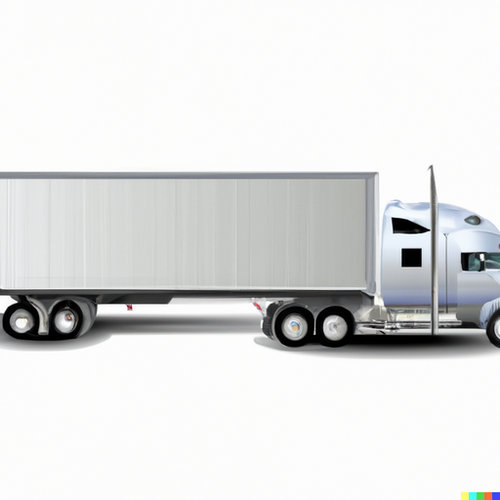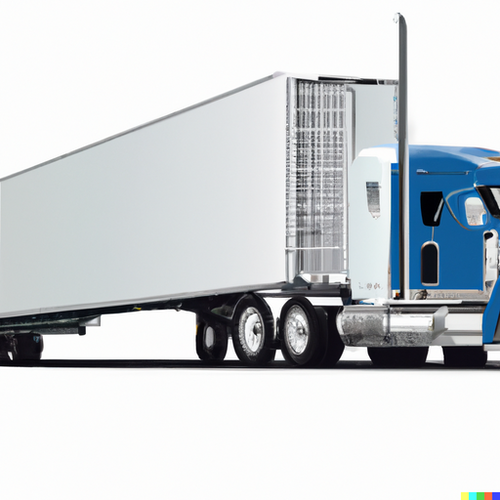Health Issues for Truck Drivers
Health issues for truck drivers and the Impact they have on Road Safety
The work of a truck driver is often portrayed as a romantic in popular culture, with images of the open road as well as the lure of the horizon. But beneath the surface lies a difficult job that is fraught by health issues that could directly or indirectly contribute to accidents. This article explores the complex relation between health concerns of truck drivers and their effects on safety in the road.
1. The Sedentary Nature of the Job:
It is a long period of sitting and a lack of physical activities. A life-style that is sedentary can trigger many health issues, such as weight gain, cardiovascular disease and musculoskeletal disorders. These ailments could make it hard for a driver to react quickly when faced with an emergency, which can increase the chance of accident.
2. Sleep Disorders
Sleep apnea (a condition which causes breath to stop and starts during sleep, is common among truckers and is primarily caused by obesity and poor lifestyle choices. This disorder causes fragmented and non-restorative sleep, which may result in daytime fatigue diminished alertness, and impaired cognitive functions.
3. Dietary Challenges
Accessing healthy meals while driving can be difficult. Many drivers resort to convenience food items or processed snacks, resulting in inadequate nutrition. Diabetes, hypertension and various other diseases can be caused by a diet that is high in fats and sugars that are unhealthy.
4. Mental Health Concerns:
The solitary nature of truck driving, along with the long hours spent away from home and family members, can cause feelings of loneliness as well as depression and anxiety. Mental health conditions can impair the ability of drivers to focus and make decisions or react in a timely manner to road-related situations.
5. Vision Impairments:
Regular health check-ups might be an option that many truck drivers do not have because of their nomadic lives. In time, untreated eye problems, whether due to age, diabetes or any other condition can affect the ability of a driver to see dangers and determine distances.
6. Substance Abuse:
To deal with the stress of the job, some truck drivers may resort to alcohol, drugs or prescription medication. Drug abuse can cause impairment to the ability to judge, slow down reaction times and lead to drowsiness. This can be a risky combination when driving.
7. Chronic Pain and Medication
The physical strains of unloading and loading cargo, in conjunction with the long sitting can cause chronic pain, particularly in the neck and back. Drivers could take prescription or over-the-counter painkillers to manage the pain. However, these drugs could cause drowsiness as well as less alertness.
8. Stress and Fatigue
Stress can arise from navigating through traffic, completing tight deadlines for deliveries or battling bad weather. A long-term stress pattern can cause fatigue, reducing a driver's ability to focus and increasing the probability of making mistakes.
9. Lack of Regular Medical Check-ups
With their constant travel Many truckers fail to attend regular health screenings. These health risks aren't spotted and addressed at an early stage, allowing them to escalate and eventually affect driving abilities.
10. Solutions and Proactive Measures
Health Screenings: Businesses must encourage drivers to have regular health screenings in order to spot and treat any potential problems early.
Dietary interventions: By offering drivers healthier options for food at truck stops and providing them with information on nutrition, you can inspire better choices regarding their diet.
Mental Health Support: Offering counseling assistance, helplines and support groups for drivers can help them deal with the mental demands of their job.
Ergonomic Cab Design: Enhancing ergonomics in truck cabs helps reduce the physical strain for drivers and minimizes the risk of developing musculoskeletal disorders.
Training and Awareness: Educating drivers about the risks associated with certain medical conditions and medications will help to promote safer driving habits.
Conclusion:
The road safety of our streets is closely tied to the health of truckers. They are the heartbeat of the logistics sector and are entrusted with a large amount of responsibility. Making sure they are well-being isn't just an act of compassion but an essential step toward safer roads for everyone. As the public becomes more aware of these dangers the collective efforts of the trucking industry, health professionals and policymakers could pave the way to healthier drivers and safer roads.
